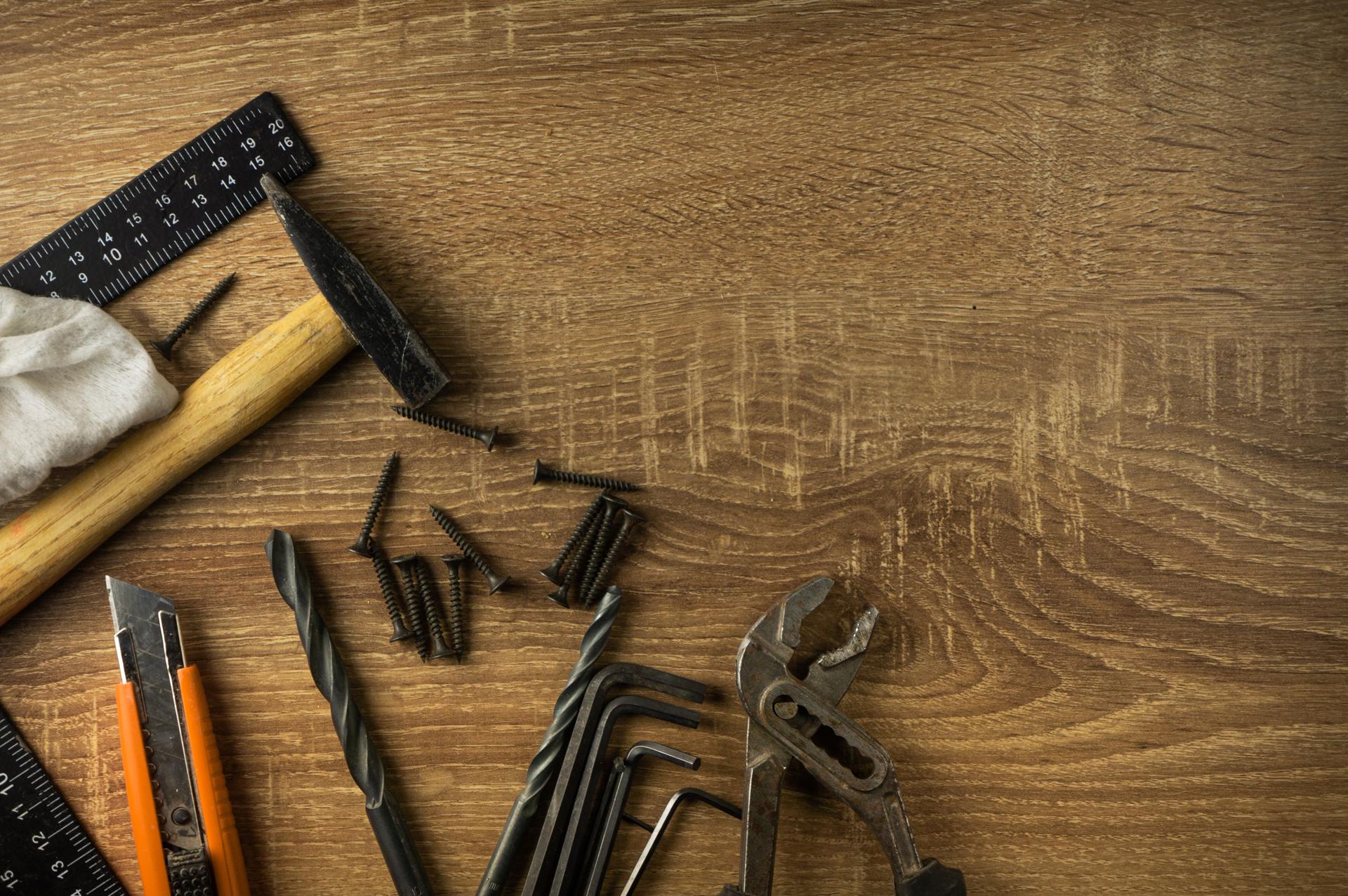Avoid Call a Plumber! Find Out How to Address Common Plumbing Issues Yourself

They are an essential element of any household. If they are not maintained properly they could be an issue for many that can lead to frustration and expensive repairs.
But, there are many advantages to learning to fix minor plumbing issues yourself, such as saving money and developing valuable knowledge. In this article, we’ll examine common plumbing issues and DIY techniques to fix them.
Common Plumbing Issues
Dripping Faucets
Dripping faucets are not only frustrating, but they also consume a substantial amount of water over the course of time. The most common cause of leaky faucets is a worn-out washer or O-ring. To remedy this problem switch off the supply of water for the faucet. take out the handle, then replace the worn-out washer or O-ring.
Running Toilets
A running toilet is a frequent plumbing problem that could waste a lot of water. The most typical reason is a malfunctioning flapper valve that isn’t sealing properly, allowing water leak from the tank to the bowl. To resolve this issue switch off the water supply to the toilet, remove the lid of the tank, then alter or replace the valve that seals it.
Clogged Drains
Clogged drains can be caused by a variety of factors, including hair, soap, and food particles. To fix this issue, you can try using the plunger or drain snake to get rid of the obstruction. Alternatively, you can make a mix of vinegar and baking soda to dissolve the clog.
Low Water Pressure
Low water pressure can be caused by various causes, including mineral buildup in pipes or a malfunctioning pressure regulator. To remedy this problem try cleaning the aerator or replacing pressure regulator.
Tools required for DIY plumbing
For DIY plumbing, you will require some basic tools, such as a plunger, adjustable wrench, pipe wrench, Teflon tape, and screwdriver. The tools you have on hand will make it easier to fix minor plumbing issues.
Safety Tips for DIY Plumbing
Safety must always be a top priority when performing any plumbing repair DIY. Some safety tips to remember include turning off the water supply before making any repairs, and wearing safety glasses and gloves, and keeping a first-aid kit nearby in case emergency situations.
DIY Plumbing Techniques
To resolve common plumbing issues for common plumbing issues, you’ll need to know a few DIY plumbing techniques such as how to shut off the water supply, how to repair a leaky faucet or an unresponsive toilet or unblock the drain, and how to increase water pressure. These techniques can save you time and money on small plumbing repairs.
Conclusion
In conclusion, learning how to fix small plumbing problems yourself can be beneficial in numerous ways. It’s not just a way to help you save money, but it will provide you with a sense of accomplishment and valuable abilities. But, for more substantial plumbing issues, it’s always best to call an experienced plumber.
FAQ
Can I fix a plumbing problem myself?
Yes, you are able to fix minor plumbing issues yourself by learning a few basic plumbing skills.
What are the most frequent plumbing problems?
The most frequently encountered plumbing problems are leaky faucets, running toilets clogged drains, and low water pressure.
What tools do I need to do my own plumbing?
You will need a few important tools, such as an adjustable wrench, a plunger pipe wrench Teflon tape, and a screwdriver.
Is DIY plumbing safe?
DIY plumbing can be safe if you follow safety guidelines and take the appropriate precautions.
When should I call a professional plumber?
You should call a professional plumber for significant plumbing issues that require special equipment and knowledge.
